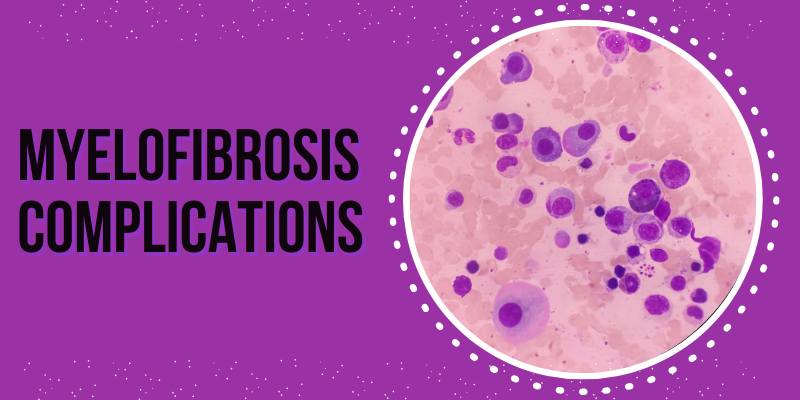Running in Short Bursts: A Simple Secret to Living Longer
Short bursts of running produce strong effects on life expectancy and body health. People who perform this exercise method will experience better cardiovascular health together with improved mood and metabolic health improvements. Efficient high-intensity movements adapt to busy schedules and allow accessibility to people who seek an effective method of reaching longevity goals while enhancing their vitality.
The Science Behind Short Bursts of Running:
High-Intensity Interval Training (HIIT) includes short running segments through which people alternate between periods of intense motion with relaxation intervals. In this exercise you sprint for thirty seconds before walking or jogging for one minute while performing multiple rounds of this pattern. Health indications and metabolic effectiveness improve alongside overall fitness when people adopt this moving training protocol.
Academic studies demonstrate that short durations of intense running give identical wellness advantages to those received from extended durations of moderate exercise or surpass them through more potent outcomes. Fast intense bursts of activity guide your body to reach its full capacity resulting in maximum heart rate together with peak oxygen consumption.
Benefits of Sprinting: Why Short Bursts of Running Are Worth It

1. Boosts Cardiovascular Health
Short bursts of running are a powerful way to strengthen your heart and improve blood circulation. The intense effort during sprints pushes your heart to work more efficiently, reducing the risk of heart disease, stroke, and other cardiovascular issues.
2. Ignites Metabolism and Burns Fat
High-intensity running activates excess post-exercise oxygen consumption (EPOC), meaning your body keeps burning calories at an elevated rate long after your workout ends. This makes sprinting an effective method for weight management and fat loss.
3. Saves Time
One of the greatest perks of sprinting is its efficiency. A quick 10- to 20-minute session can deliver the same benefits as a longer workout, making it ideal for those with busy schedules.
4. Elevates Mental Health
Sprinting triggers the release of endorphins—your body’s natural mood elevators. This helps reduce stress, anxiety, and depression while promoting mental clarity and overall emotional well-being.
5. Improves Insulin Sensitivity
Short, intense runs help regulate blood sugar levels and increase insulin sensitivity, lowering the risk of type 2 diabetes. This is especially valuable for individuals with sedentary lifestyles or those at risk of metabolic health issues.
By incorporating sprinting into your routine, you can achieve remarkable fitness and health benefits—all without the need for long, time-consuming workouts.
How to Add Short Bursts of Running to Your Routine?
1. Start Small and Build Up
If you’re new to high-intensity exercise, ease into it by starting with short sprints and longer rest periods. Gradually increase the intensity and duration of your runs as your fitness level improves. Over time, you can adjust the balance to push yourself further.
2. Warm Up and Cool Down Properly
Prepare your body to perform at its best and reduce injury risk with a proper warm-up. Spend 5–10 minutes jogging or doing dynamic stretches to loosen up your muscles. Equally important is a cool-down at the end of your workout to help your heart rate return to normal and aid recovery.
3. Use a Timer or Fitness App
Stay on top of your intervals with a timer or specialized fitness app. Many apps are designed for interval training and provide alerts for when to sprint and when to rest, making your workout more structured and efficient.
4. Keep It Interesting
Avoid monotony and challenge your body by varying your routine. Experiment with different sprint durations, intensities, or terrains. Adding uphill sprints, for instance, can take your fitness to new heights while keeping things exciting.
5. Listen to Your Body
While it’s important to push your limits, paying attention to your body is equally vital. If you experience pain or extreme fatigue, take a break and give yourself time to recover. Progress is built on smart, sustainable effort.
By incorporating these tips, you can effectively integrate short bursts of running into your routine and maximize the benefits of high-intensity exercise.
Common Myths About Running in Short Bursts:

1. It’s Only for Athletes
A common misconception is that high-intensity interval training (HIIT) is reserved for athletes or fitness enthusiasts with advanced training. While it’s true that athletes often incorporate HIIT into their routines, this workout style is accessible to anyone, regardless of fitness level.
With proper guidance and a gradual approach, even beginners can safely dive into HIIT and reap its many benefits—such as enhanced cardiovascular health and increased calorie burn. The key is to adjust the intensity to match your current fitness level and progress at your own pace.
2. It’s Too Hard on the Body
Another myth surrounding HIIT is that it’s excessively demanding and harmful to the body. In reality, when performed correctly, HIIT is both safe and incredibly effective. Alternating short bursts of high effort with rest or low-intensity recovery periods can actually be gentler on the body compared to long-duration, high-impact workouts.
Starting at a manageable pace, maintaining proper form, and listening to your body are essential to avoid overexertion. As your fitness improves, you can gradually increase the intensity without unnecessary strain.
3. You Need Special Equipment
Some believe that HIIT requires expensive gym equipment or high-tech gear, but one of the biggest advantages of this workout is its simplicity. All you truly need is a reliable pair of running shoes and a safe, open space—whether that’s a park, a track, or even your backyard.
For added variety, you can include bodyweight exercises or light weights, but the core benefits of HIIT can be achieved with minimal equipment, making it an accessible and versatile exercise option for everyone.
Tips to Stay Motivated:
- Set Achievable Goals: Begin with small, manageable targets and gradually increase the intensity or duration of your workouts. Celebrate each milestone to maintain your momentum and motivation.
- Team Up with a Workout Buddy: Exercising with a friend not only makes the experience more enjoyable but also keeps you accountable and committed to your fitness routine.
- Track Your Progress: Use a fitness app or journal to log your workouts and measure your progress. Watching your improvements over time can be incredibly rewarding and inspire you to keep going.
- Make It Enjoyable: Add fun elements like your favorite playlist, an engaging podcast, or scenic workout routes. The more enjoyable the experience, the easier it is to stay consistent.
Conclusion:
Running in short bursts is a simple yet powerful way to improve your health and increase your lifespan. By incorporating high-intensity interval training into your routine, you can enjoy the benefits of improved cardiovascular health, increased metabolism, and enhanced mental well-being—all in a fraction of the time required for traditional workouts.











